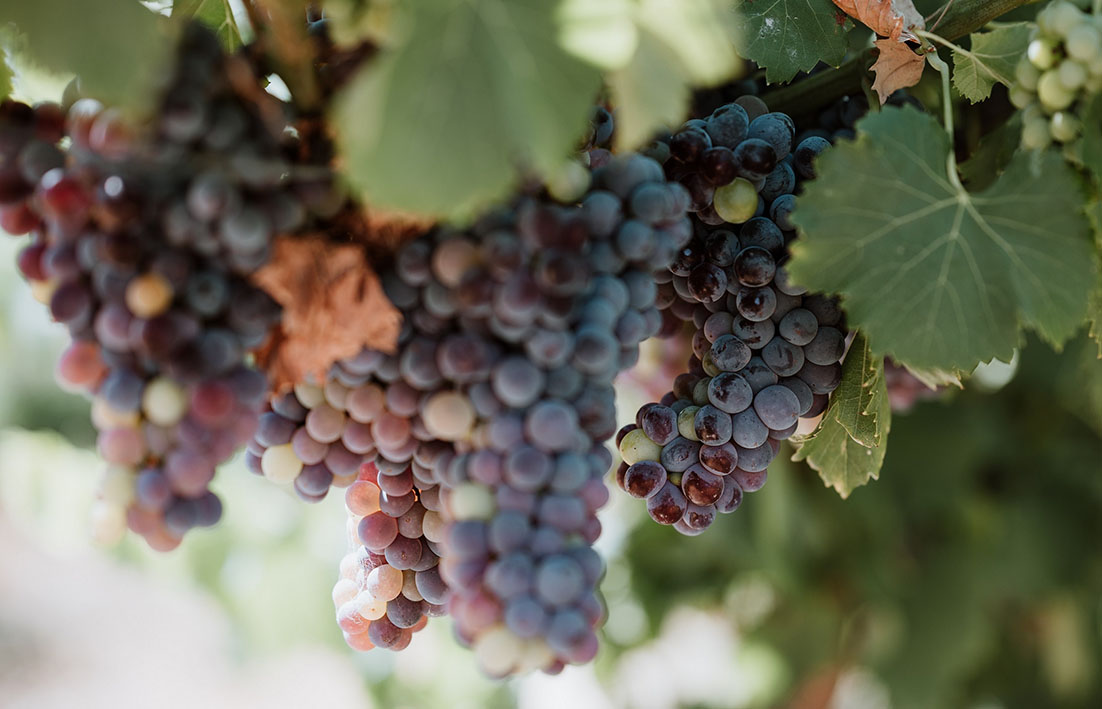
ABOUT a dozen Swan Valley winemakers are keen to export to China now that the wine tariffs are removed, according to Swan Valley and Regional Winemakers Association president Damian Hutton.
But Mr Hutton said he hoped removal of the tariffs would benefit winemakers who had been pushed out of the local market by those already exporting to China when the tariffs hit and had nowhere to put the product they had earmarked to go there.
He said that wine ended up back on Australian shelves so large quality producers in the east were sending product to sell all over the country but in WA consumers could buy $30 to $40 bottles of wine for less than $20.
“Our market got squeezed out by quality well-known brands which were dumping it into large chain supermarkets and we just didn’t have a chance,’’ he said.
“We were trying to compete but the prices are ridiculous so these very good wines were just out-competing us in a really competitive market already.
“When the market opens back up again for those well-known brands all going into China they should hopefully clear the shelves (here) a little so we’ve all got a bit more breathing space and the prices might go back to normal.’’
Mr Hutton, who is chief winemaker at Nikola Estate, said their first step would be to get more wine into Asia but not necessarily directly to China.
“Unless one of the distributors that we’re dealing with up in Singapore says ‘look they’re really interested come and do a meet greet’ and whatever that’s sort of the next step.
“But that will be a while – we’re just trying to fill a space up there in Hong Kong and Singapore which is still tough because of the door being shut but that’ll be the main one, it might actually open a few doors to the rest of South East Asia.’’
Sandalford Wines chief executive officer Grant Brinklow said the removal of the wine tariffs meant the winery would be able to resume their partnership in China with a distributor there that dated back more than 20 years.
But Mr Brinklow said while Australian wines were recognised as high quality and brands like Sandalford were known to have had a national distribution footprint across China before, it would not be easy for the industry to walk straight back into the Chinese market.
“We’ve been out of the market now for two years and in that time Chinese consumers weren’t pining for Australian wine they were able to find good substitutes from Chile or France or Argentina or New Zealand,’’ he said.
“Other things have happened in China in that time – first of all their economy up there has softened enormously and they’ve got economic problems up there that they never had before and that flows through – there’s certainly a slowdown in discretionary spending on wine.
“There is also the continuing emergence of the Chinese wine producing industry (it started emerging 20 years ago) they grow grapes to make good wine in China.
“These will make the challenge of re-establishing footholds in the Chinese market again – not to say it can’t be done but it’s going to take enormous resolve, enormous commitment, determination and investment in shoe leather – being on the ground in markets talking to people.”